Treatment options and pricing
Browse and click below to book any of our available service.
Shingles Physiotherapy
Included in the Shingles Physiotherapy
In a shingles physiotherapy session, we focus on pain management and functional improvement through gentle exercises, nerve mobilisation techniques, and education to help minimise discomfort and enhance your overall recovery.
Common Q&A about Shingles Physiotherapy
Our FAQ section is designed to address common questions you may have, from how our treatments work to what you can expect during and after your session.
Our team is always available to provide additional support if you need more personalised guidance, ensuring that you feel informed and confident every step of the way.
Shingles physiotherapy involves therapeutic techniques to manage pain and improve function in individuals recovering from shingles, a viral infection characterized by a painful rash.
Symptoms include a painful, blistering rash, itching, fever, and fatigue.
Physiotherapy can alleviate pain, restore mobility, and improve overall quality of life through exercises, manual therapy, and education.
Yes, physiotherapy is generally safe and beneficial for shingles patients, especially when performed by a qualified physiotherapist.
It's advisable to consult a healthcare professional, but physiotherapy typically begins once the acute phase of the rash has subsided.
The duration varies by individual needs but typically involves multiple sessions over a few weeks to months.
Techniques may include pain management strategies, gentle stretching, strengthening exercises, and modalities like heat or ultrasound.
Yes, physiotherapy can help manage postherpetic neuralgia by addressing pain and improving function.
While generally safe, it’s essential to avoid treatment during the active rash phase or if other health conditions prohibit it.
Look for licensed physiotherapists with experience in treating shingles and associated conditions, possibly through referrals from healthcare providers or professional associations.






